Marine Protected Areas overlook a large fraction of biodiversity hotspots
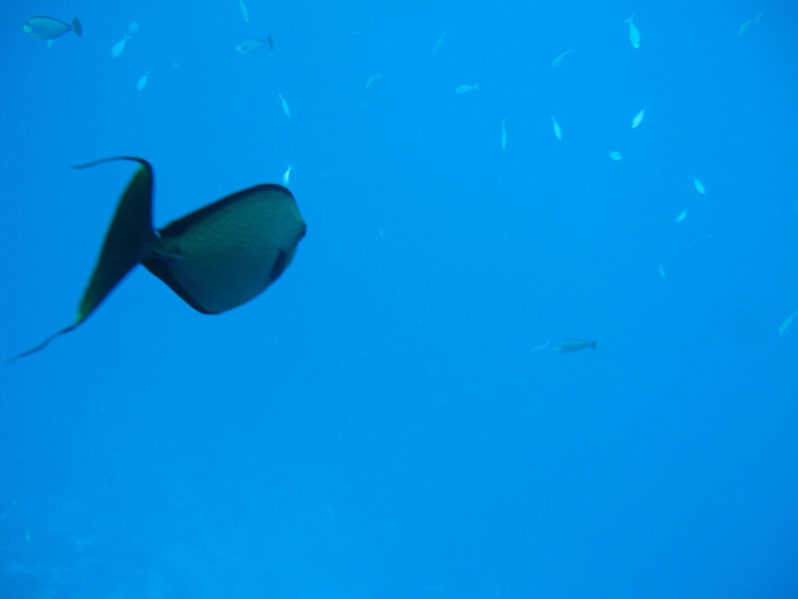
Around 75 percent of marine biodiversity in Finnish waters is left unprotected, reveals a performance assessment of the country’s current Marine Protected Area network. Increasing protection by just 1 percent in the most biodiverse areas could double conservation of the most important species.
Decline in shorebirds linked to climate change, experts warn

Climate change could be responsible for a substantial decline in populations of shorebirds, say researchers from the Milner Centre for Evolution at the University of Bath, following a study published in Science analysing population data over a period of 70 years.
Modern slavery promotes overfishing

Labour abuses, including modern slavery, are ‘hidden subsidies’ that allow distant-water fishing fleets to remain profitable and promote overfishing, new research from the University of Western Australia and the Sea Around Us initiative at the University of British Columbia has found.
Sighting of sperm whales in Arctic a sign of changing ecosystem, say scientists
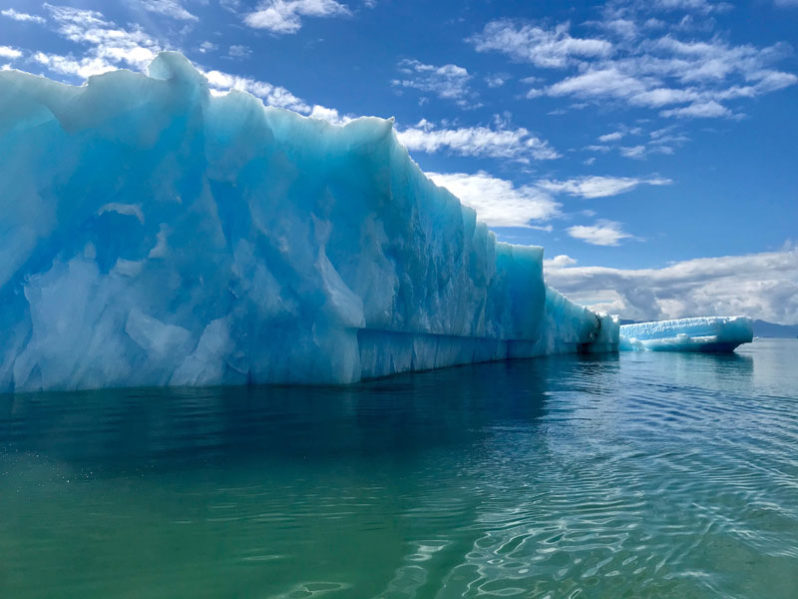
A rare sighting of sperm whales in the Canadian Arctic is the latest sign of a quickly changing ecosystem, say scientists, as a growing number of species expand their range into warming Arctic waters.
Watching Out for Whales
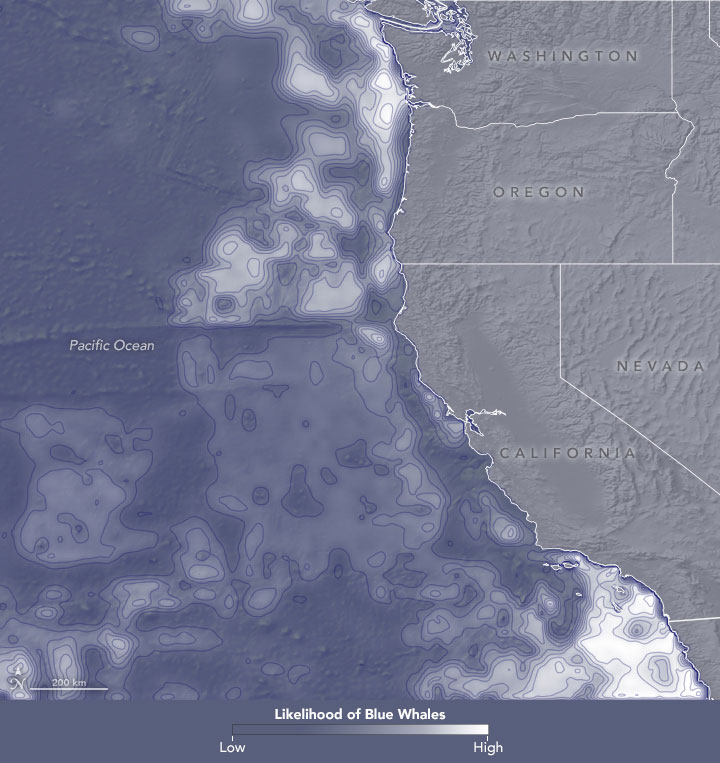
The blue whale—the largest animal on Earth—measures on average 27 meters (89 feet) long. But its impressive size does not mean the species is safe in the sea. A national database for marine mammal health reported that collisions with ships killed 10 of the 12 blue whales found dead along the California coast between 2007-2017.
Humanity has wiped out 60% of animal populations since 1970, report finds
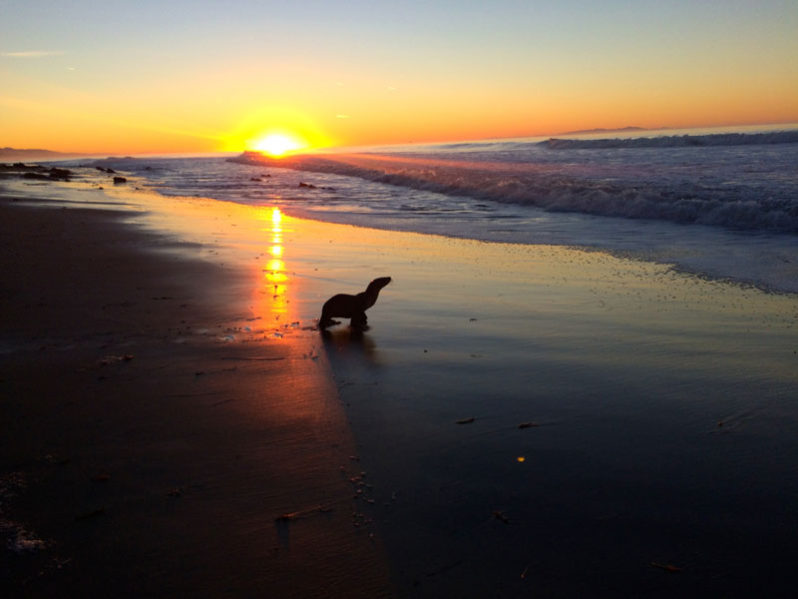
Humanity has wiped out 60% of mammals, birds, fish and reptiles since 1970, leading the world’s foremost experts to warn that the annihilation of wildlife is now an emergency that threatens civilisation.
Sockeye carcasses tossed on shore over two decades spur tree growth
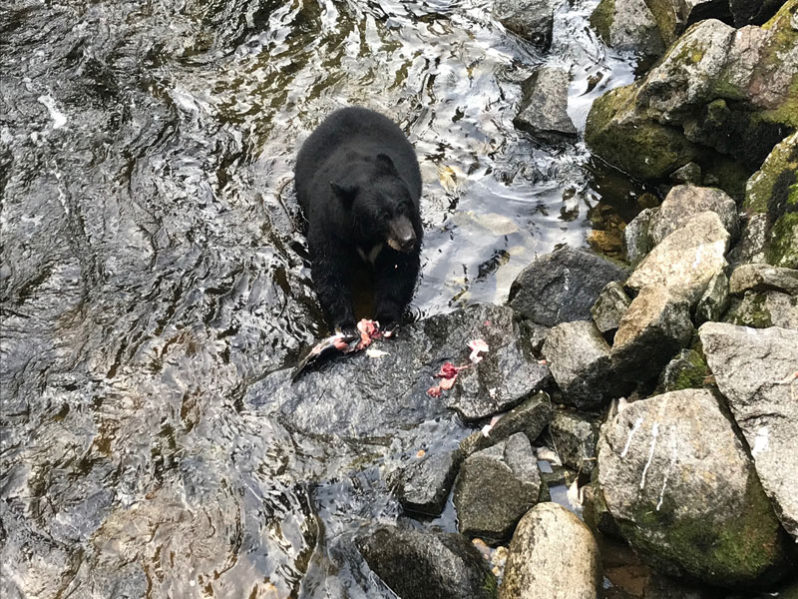
In a 20-year study, researchers have found that nearly 600,000 pounds of sockeye salmon carcasses tossed to the left side of a small, remote stream in southwest Alaska, helped trees on that side of the stream grow faster than their counterparts on the other side.
How microplastics, marine aggregates and marine animals are connected
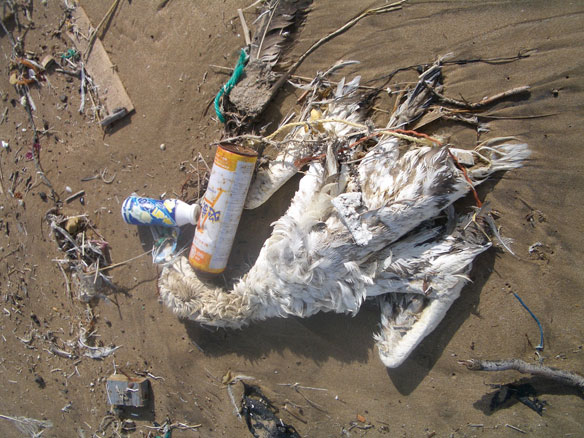
Prior research has suggested that mussels are a robust indicator of plastic debris and particles in marine environments. A new study says that’s not the case because mussels are picky eaters and have an inherent ability to choose and sort their food. Instead, the researchers have discovered that marine aggregates also called ”marine snow,” play a much bigger role in the fate of the oceans when it comes to plastic debris.
Salty water causes some freshwater harmful algae to release toxins
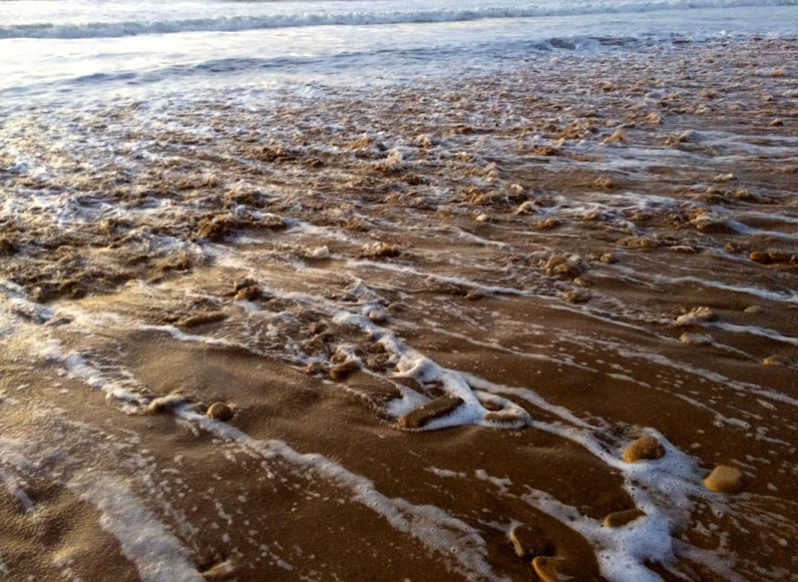
The finding suggests that understanding the mixing of fresh and salt water, which takes place in many coastal water bodies around the world, will help researchers understand the toxic effects of these harmful algal blooms.
